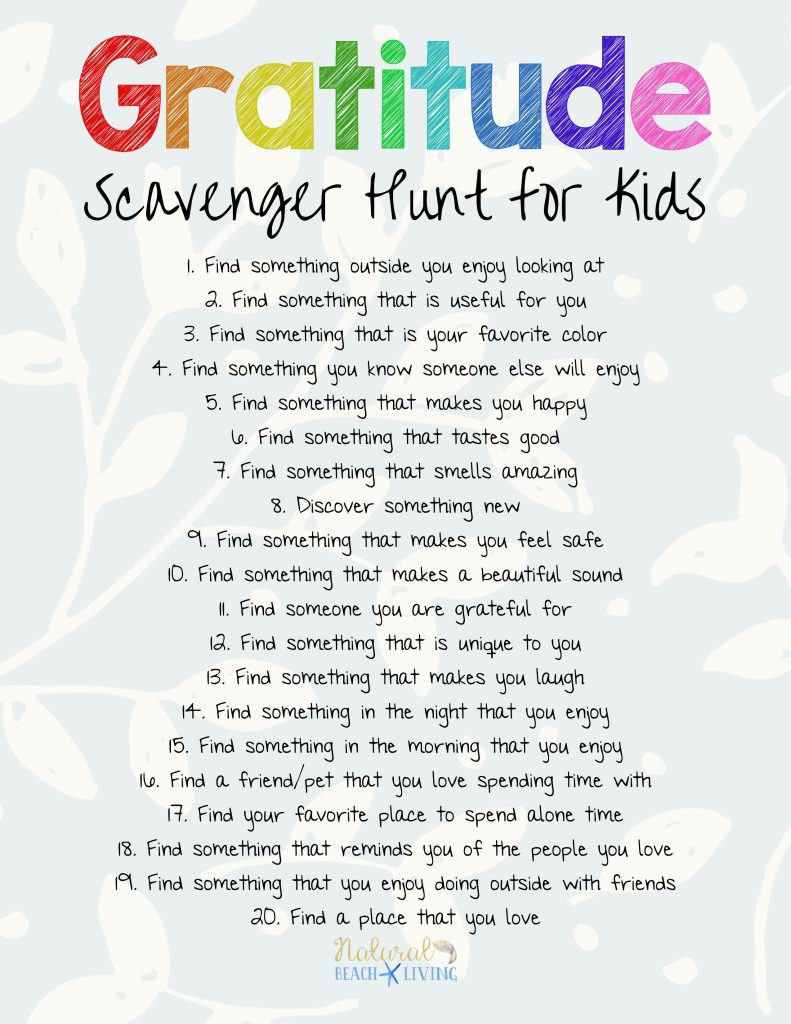Try a November Thankfulness Challenge
November is for Thankfulness
Every year, the Thanksgiving season reminds us of the importance of gratitude. The holiday started as a thankfulness practice for that year’s harvest, and now it’s a time for us to remember all that we have to be grateful for in life. A gratitude practice has not only personal physical and mental health benefits but also has a ripple effect on society. Start that ripple effect by doing a thankfulness challenge with your children!
Why you should teach your children about gratitude
Conflict is a big stressor for our society on both a small and large scale, and adults who don’t have proper emotional coping skills are more prone to creating conflict. Mindfulness and self-awareness are great tools to have on hand to avoid major conflict, and both of these tools are a product of a gratitude practice. Gratitude teaches humility and expands children’s worldviews.
Implementing a gratitude practice with your children can teach them to appreciate what they have right now for what it is. Gratitude isn’t about wishing for something better or criticizing what you have, it’s about appreciating what is there.
A thankfulness practice helps children develop these skills because it allows children to step outside their own self-interest. It helps them understand that the goodness in their lives is something that isn’t always a given, but a privilege they have been afforded.
Gratitude has often been proven to minimize stress, have improved sleep and blood pressure, increase empathy, lessen aggression, and decrease symptoms of depression.
How to talk about gratitude with your children
For adults, a gratitude practice may look like a daily journaling or even meditation practice. With your children, however, get creative! This will help them be more invested. There are many ways to involve the whole family.
Make it a craft
Take your family’s ideas of gratitude and make them tangible! This also helps children work on their creativity and feel like they created something. As a family, you can make a gratitude jar, a gratitude tree, or even draw/paint something you are grateful for.
Give back
As a family, give back to your community by doing something like donating money, goods, or time. This could mean participating in a neighborhood cleanup, sending care packages, or shopping for food pantry items together. This helps children recognize what they have, and it shows them that they should care for others.
Make a family gratitude journal
Having a shared project that you are all contributing to will help you all contribute to your gratitude practice. Set a time when you all add to the journal and discuss why you feel grateful.
Participate in a thankfulness challenge
If your family practices gratitude every day for at least 30 days, then a new habit of thankfulness will be formed. Take intentional time every day to recognize what you’re grateful for. Use a printable calendar for prompts and accountability. We’ve provided one below!
Make your thankfulness practice fun and interactive
Gamify your thankfulness this year with a gratitude scavenger hunt from Natural Beach Living. This calendar provides a prompt or activity that you can do with your children to reinforce the idea of gratitude.
https://www.naturalbeachliving.com/wp-content/uploads/2017/12/Gratitude-Scavenger-Hunt-PDF.pdf
https://www.thewisefamily.com/november-gratitude-challenge/
https://www.verywellfamily.com/10-ways-to-teach-your-kids-gratitude-this-thanksgiving-5087002
https://www.naturalbeachliving.com/gratitude-scavenger-hunt/


